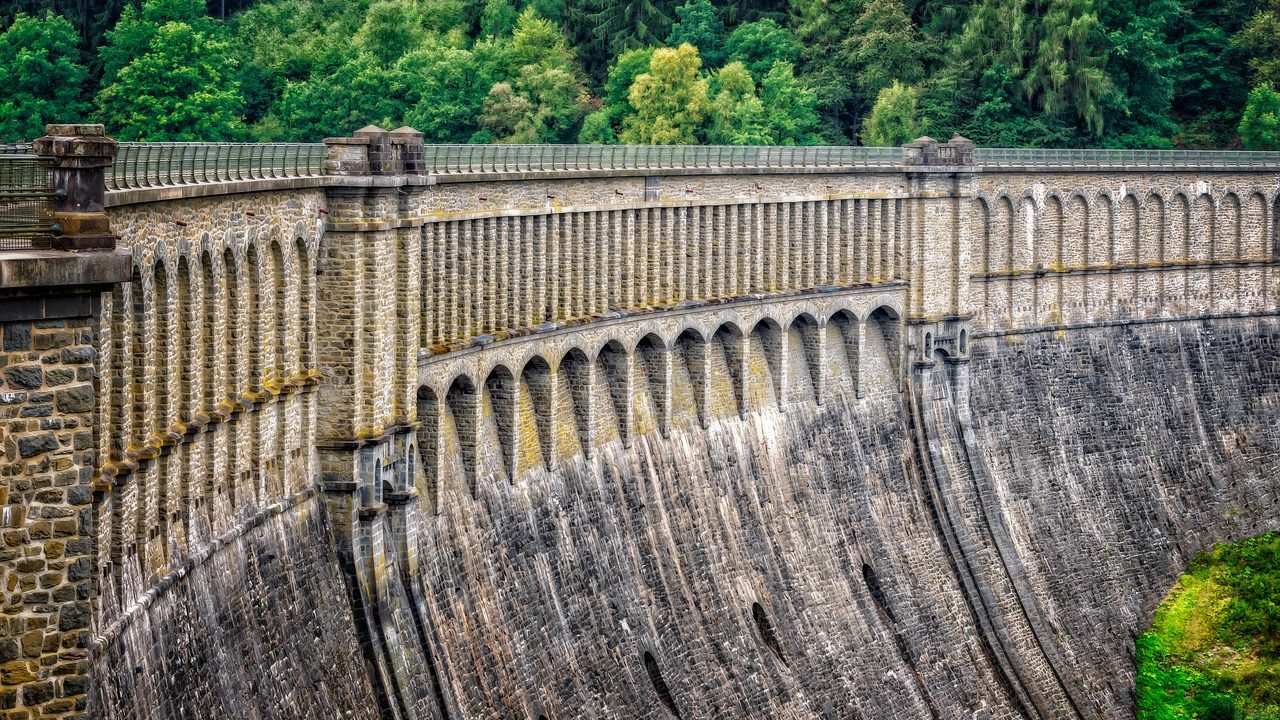
Man-Made Earthquakes Triggered by Fracking and Dams Are Not Localized
- News
- 2.1K
Seismic activity triggered by human actions like the construction of large dams or injection of wastewater into the ground for oil and gas production can have far greater implications than previously thought, a new study has revealed.
While it is well known that injection of fluid into the subsurface of the earth (one kilometer deep) can cause events like earthquakes, it was believed till now that such disturbances are limited to an area near the site of injection.
The new study has found that subsurface disturbances due to fluid injection can result in earthquakes spread over larger regions, going far beyond the area invaded by the injected fluids. This means earthquake-triggering stresses can travel far.
In India, the most famous fluid-induced earthquake had occurred in 1967 at Koyna in Maharashtra and was attributed to the seismic activity generated due to the impoundment of the Koyna dam there.
Earthquakes occurring in the tectonically quiet region of Oklahoma have also been linked to oil and gas exploration activity there. It is believed that such regions of man-made earthquake activity surpass the level of seismic activity in hotspots like southern California.
In the new study published in the journal Science, researchers from India and America used data from earlier experiments and a hydro-mechanical model developed by them to explain the full dimensions of fluid-induced earthquakes. The field data came from experiments done in France by the University of Aix-Marseille and the University of Nice Sophia-Antipolis.

“Our study shows that fluid-injection has the potential to cause significant, rapidly spreading earthquake activity beyond the fluid diffusion zone,” explained Pathikrit Bhattacharya of the Indian Institute of Technology, Bhubaneswar, lead author of the study, while speaking to India Science Wire.
Oil and gas extraction using fluid injection, as well as wastewater disposal, is known to increase the seismicity rate in surrounding regions. Tremblors attributed to these activities have been thought to occur at higher fluid pressures in surrounding rocks trigger instabilities in pre-existing networks of faults. However, the injection may also cause aseismic slip—deformation caused along a fault line without any accompanying seismic waves—that may in turn trigger earthquakes.

“The field experiments by the French scientists had demonstrated that when fluid injection occurs near existing faults, their primary response could be slow, quiet, aseismic slip rather than violent earthquakes. We used this data to show that aseismic slip could rapidly outpace the region of fluid-diffusion and transmit potentially earthquake-inducing stress perturbations to regions remote from the location of injection,” said Robert C. Viesca of Tufts University’s School of Engineering, co-author of the study.
Understanding the science behind fluid-induced earthquakes could help in unraveling reservoir-induced earthquakes in Koyna. The ‘Deep Drilling at Koyna’ initiative led by Noida-based National Centre for Seismology and CSIR-National Geophysical Research Institute in Hyderabad is studying detailed behavior of fluid-induced earthquakes in the region.
“These efforts are expected to yield data about fault behavior at greater depths in the earth’s crust. Our study is a proof-of-concept of how such data can be used in practice to produce more reliable models of earthquake hazard,” added Bhattacharya. (India Science Wire)
Journal Article: Fluid-induced aseismic fault slip outpaces pore-fluid migration
If you liked this article, then please subscribe to our YouTube Channel for the latest Science & Tech news. You can also find us on Twitter & Facebook.


